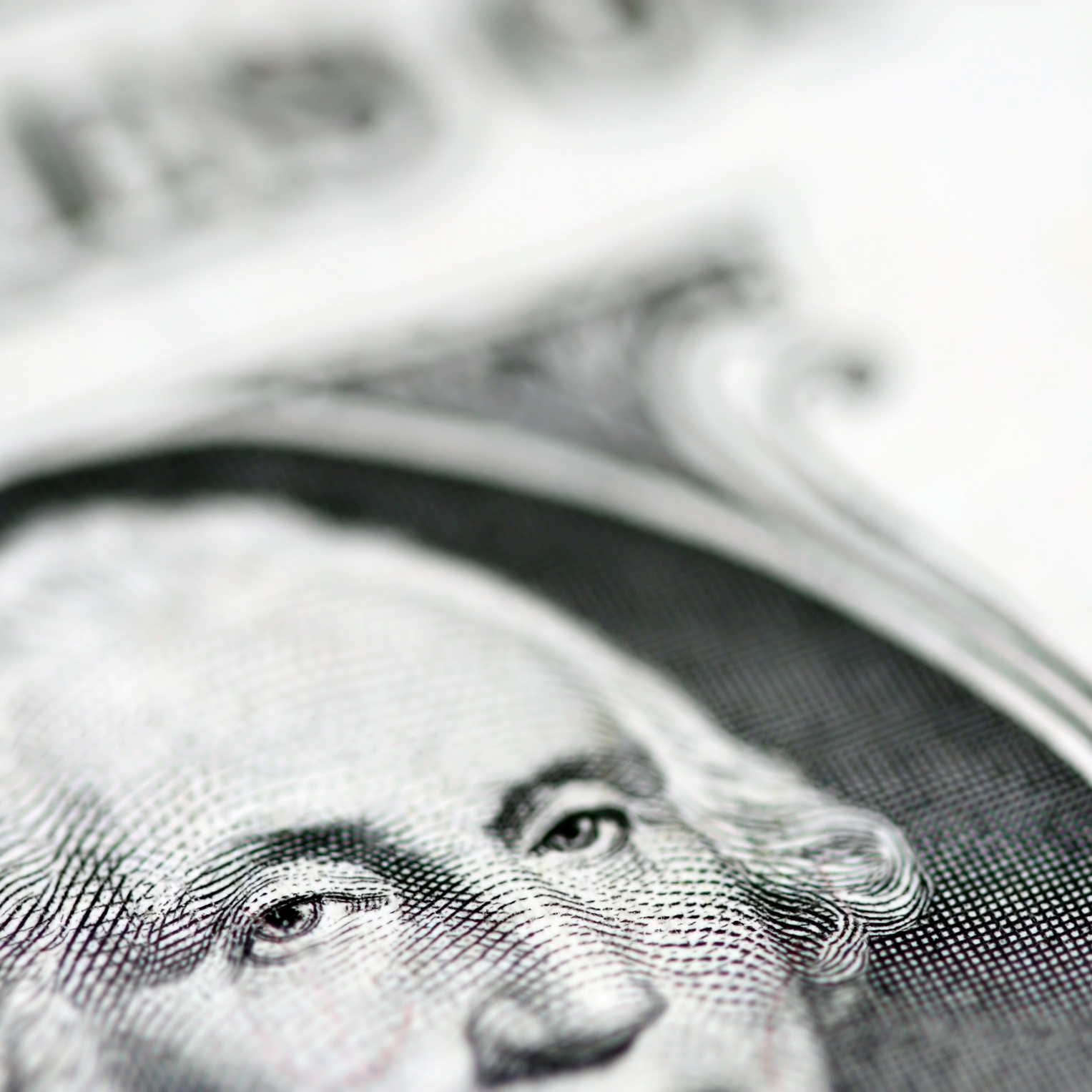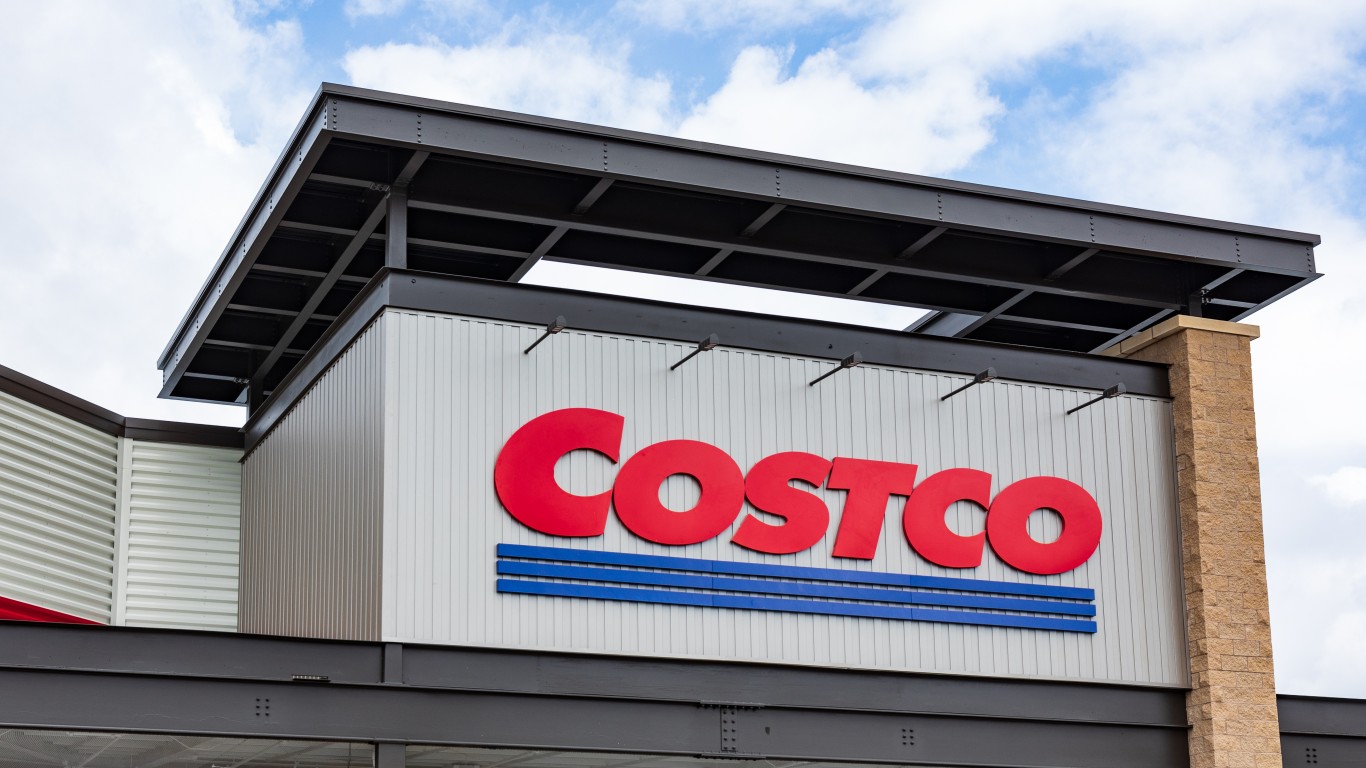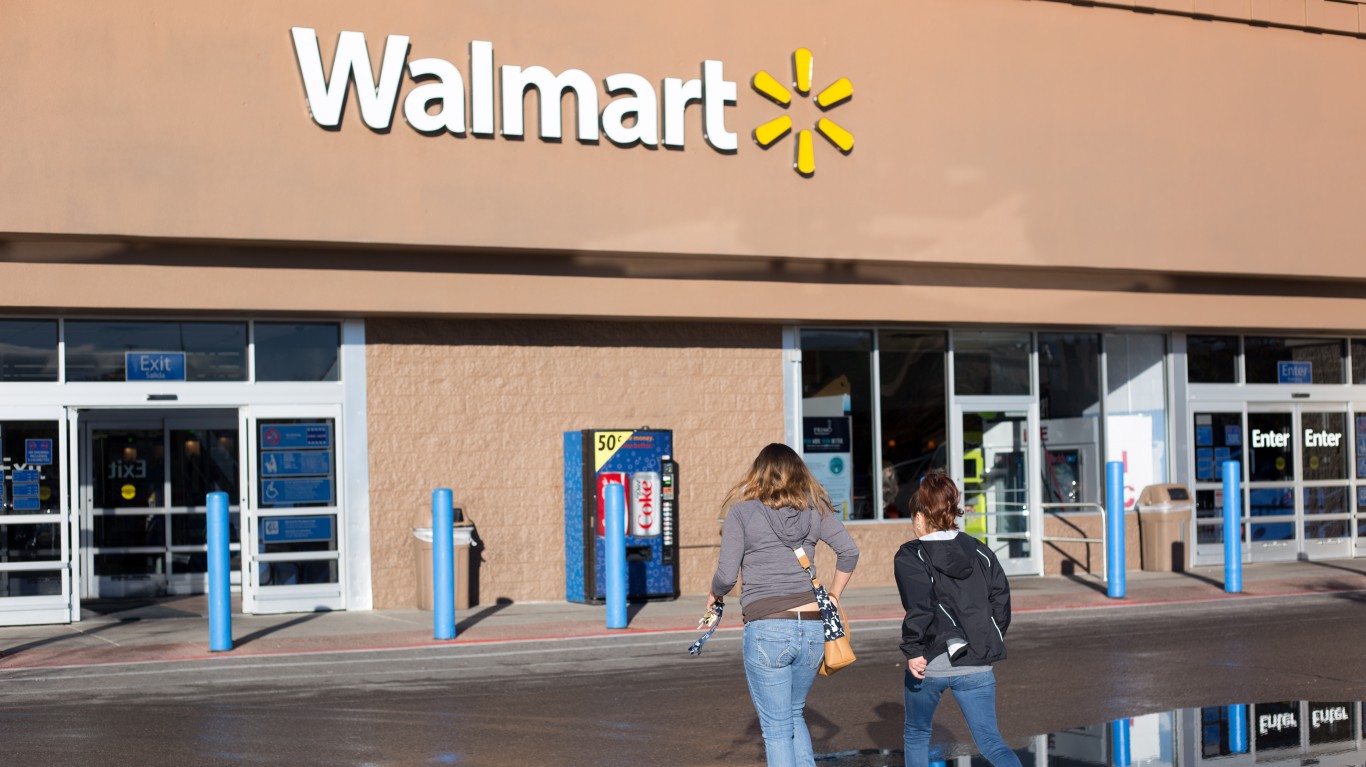Some investors love what analysts have to say. Others, not so much. There is just one problem here with this buyout — Rite Aid isn’t fetching enough. That is the verdict of a standalone Rite Aid from the fundamental stock analysts. The notion that this is a 48% premium over before the rumors broke is one thing, but some analysts thought that Rite Aid was worth $10.00 per share — and the consensus price target was even up at $9.41.
After the rumors broke, Walgreens was worth $102 billion. That compared to a valuation of $8.9 billion for Rite Aid (again, post-rumors). That $8.48 sounded impressive at the time, as did an $8.67 close that represented a gain of more than 42% on Tuesday.
Rite Aid has been worth more than the $9.00 agreed-to buyout price on its own. And that value was not just a fluke under a day when one of the dozen or so buyout rumors on Rite Aid had been out there. Sure, Rite Aid had at one point been under $1.00. But that was a long time ago now, and Rite Aid shares have a 52-week high of $9.47.
ALSO READ: Amazon Will Win Another Holiday Season Battle, but Will Wal-Mart Win the War?
Investors can use analyst reports if they want, or they can look at a post-confirmation trading. 24/7 Wall St. even has some data from Glassdoor.com to see what employees were thinking of both Rite Aid and Walgreens at this time. Rite Aid went out at $8.10 in the after-hours session, and on more than 10 million shares, down 7% or so from the $8.67 official closing price. Considering mergers for more than 20 years now, it is not normal for a buyout stock with a confirmed cash price to drift lower than the implied buyout price, minus time value for the deal to close.
Here is some basic data from Glassdoor on the individual state of Walgreens and on Rite Aid, without a merger consideration (ratings based on a five-point scale: 1.0 = very dissatisfied, 3.0 = OK, 5.0 = very satisfied):
- Walgreens’ overall company rating among employees is a 2.9 out of five stars. This is slightly below site average of 3.2. Some 37% of Walgreens employees believe business will get better in the next six months, compared to the Glassdoor site average 43% positive business outlook. Data were based on 6,070 reviews shared by Walgreens employees on Glassdoor, as of October 27, 2015. Site averages were based on data from more than 445,000 companies.
- Some 33% of Rite Aid employees believe business will get better in the next six months, compared to the Glassdoor site average of 43%. Rite Aid’s overall company rating among employees is 2.8 stars. This is slightly below the average on Glassdoor of 3.2. Data were based on 1,568 reviews shared by Rite Aid employees on Glassdoor, as of October 27, 2015. Site averages were based on data from more than 445,000 companies.
ALSO READ: The 10 Most Profitable Companies in the World
So what about the formal terms and what a merger of this size might really look like? Walgreens said that the transaction is expected to be accretive to its adjusted earnings per share in its first full year after completion. Does that mean that Rite Aid did not fetch a high enough price? Maybe, and maybe it is fair enough. Walgreens expects to realize synergies in excess of $1 billion, which is considerable when you consider that the equity value (not including debt) after backing out the $7.4 billion in long-term debt from the $17.2 billion.
Another issue is the relative size versus sales here. That $102 billion market cap for Walgreens prior to the confirmation and Rite Aid’s more than $9 billion implied equity market value are against last year’s revenues of $26.5 billion and operating income of almost $840 million for Rite Aid. Walgreens had 2014 revenues of $76 billion and operating income of $4.2 billion. Rite Aid’s discounted valuation is due to its debt load and due to having more leased land.
Again, does it seem that Rite Aid could be fetching a higher buyout price?
And those analysts …
Credit Suisse has a $10.00 price target and has an Outperform rating here. The firm has even said before that Rite Aid could be a takeover target itself:
We continue to rate Rite Aid as Outperform. We believe that recent headwinds could ease at least somewhat next year, recent acquisitions should eventually fuel a repositioning and share gains, and the company remains a very attractive M&A target in a consolidating industry.
ALSO READ: 4 Merrill Lynch Top-Yielding Dividend Stocks to Buy for Q4
Bank of America Merrill Lynch carries a Buy rating on Rite Aid, and that comes with a $10.00 price objective. The firm refreshed its research just a day earlier, and the firm’s note was after Bloomberg’s signal that Rite Aid’s efforts to purchase pharmacy files is ongoing. The firm even noted that Rite Aid’s plan is to buy pharmacy records and inventory from 16 A&P locations for approximately $9 million slated to go to a hearing on Tuesday. Its recent note said:
We continue to view pharmacy file buys as one of the best return on capital investments for retail pharmacies, and part of our positive investment thesis on Rite Aid entails a return to acquisitions as a growth driver. Given Rite Aid’s history of strategic acquisitions, our forecasts include $100 million in annual potential deal spending. … Our positive thesis on RAD as a rebounding, financial-engineering story remains intact. Nominal growth, coupled with stronger cash flow, is facilitating capital spending and balance sheet optimization processes that should contribute to a stronger ROIC profile going forward. It is leveraging its pharmacy network with strategic acquisitions; for example, the EnvisionRx deal in June added a full service PBM that should bolster revenue and earnings growth in a capital efficient manner. In the second quarter of (fiscal) 2016, EnvisionRx contributed more to revenues and EBITDA than we forecast, and favorable cash flow dynamics for the PBM business should facilitate more aggressive deleveraging.
The brokerage firm Jefferies said the following of the deal and the future of Walgreens Boots Alliance:
Walgreens announced the acquisition of Rite Aid, which vaults its US prescription market share from 19% to 26%, giving the company both synergies and greater bargaining leverage to fight back against drug reimbursement rate pressure. We estimate $0.63 of earnings per share accretion by 2019. Earnings wildcards lie in the level of store divestitures and degree to which Walgreens can turn the underperforming Rite Aid stores. We raise our target to $105 as Walgreens Boots now has new synergies to mine.
S&P Capital IQ has a Buy rating on Rite Aid but lists a price target of $9.00. It lowered its price target from $10.00 back in mid-September.
The good news here is that the Rite Aid deal is subject to shareholder approval. The boards of Rite Aid and Walgreens have both approved the deal. It seems likely that Rite Aid shareholders may want another $1.00 or so for their buyout price. That $9.00 doesn’t seem atrociously unfair, but there sure seems to be a case for why Rite Aid should maybe be fetching $10 in a buyout rather than $9.00 — and the cost to Walgreens simply will not be prohibitive at a $10.00 buyout price.
ALSO READ: 8 Analyst Picks With 50% to 100% Implied Upside
Rite Aid shares closed up 42.6% at $8.67 on Tuesday, and more than 180 million shares traded, if you include the after-hours trading activity from Tuesday. Rite Aid’s 52-week trading range is $4.73 to $9.47. An early bird trading indication of $8.05 for Rite Aid is not symbolic of a great deal for Rite Aid. This merger has the hallmarks of a deal that looks more fair to the buyer than to the seller.
Thank you for reading! Have some feedback for us?
Contact the 24/7 Wall St. editorial team.




